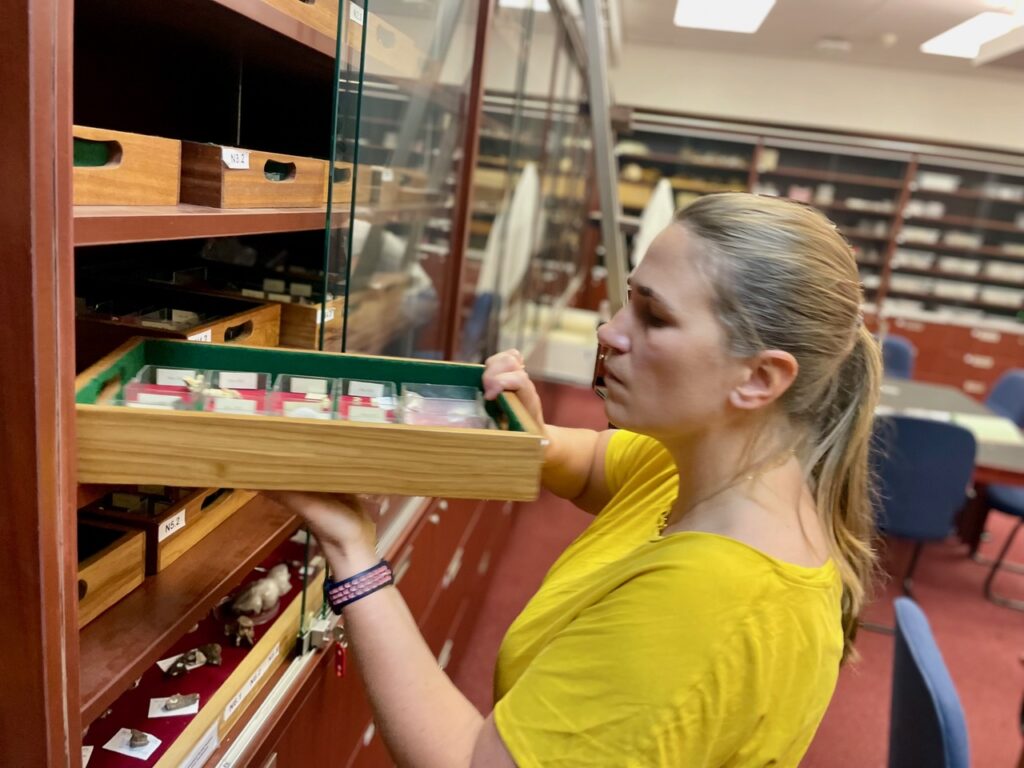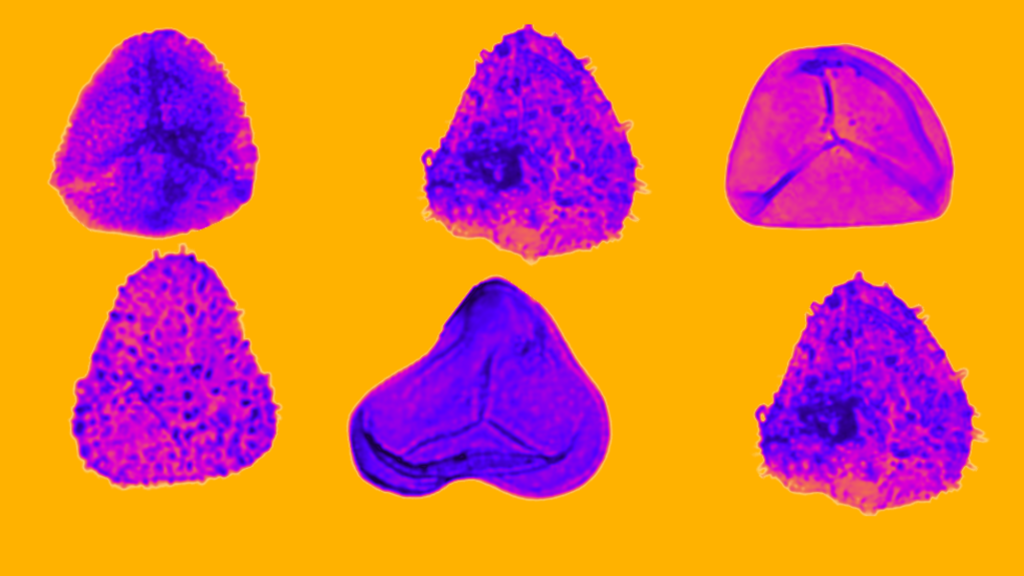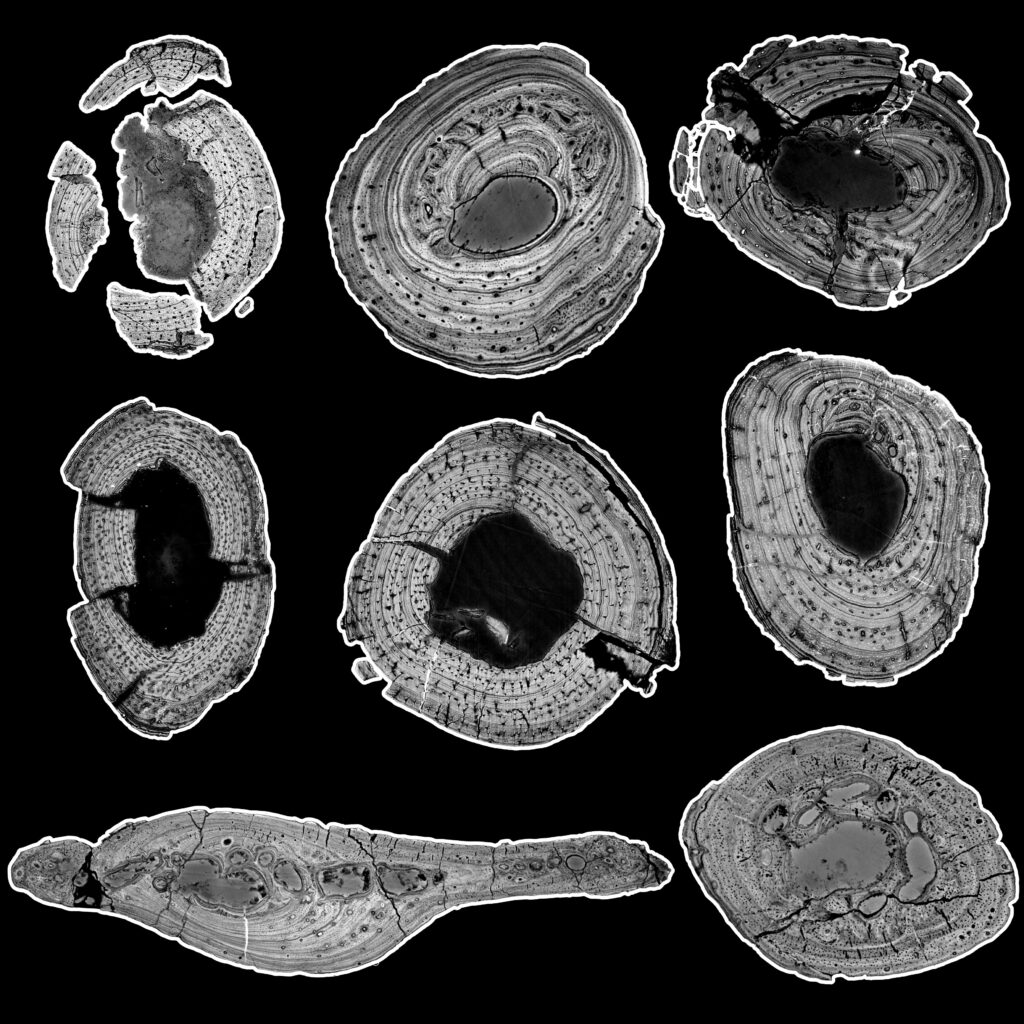Lesotho’s Lost Lake sheds light on past and future water security

Nestled high in the Eastern Lesotho Highlands, scientists have uncovered fascinating evidence of an ancient mountain lake that flourished thousands of years ago, recently published in the Journal of Quaternary Science. This discovery, made by Professor Jennifer Fitchett from the University of the Witwatersrand and Prof Anson Mackay from University College London, sheds light on a hidden chapter of Lesotho’s natural history, revealing how climate and geography have shaped the region over millennia. Importantly, it provides critical insights into past climate dynamics and helps predict future environmental changes in this sensitive high-altitude region.
Imagine standing at the dizzying altitude of 3400 meters above sea level, where the air is thin, and the landscape is a mosaic of wetlands and rocky outcrops. Here, near Mafadi Summit—the highest point in South Africa—Prof Fitchett decided to extract an extra core on the last day of her PhD fieldwork, from what appeared to be a diatomite outcrop on the side of the mountain. Diatomite, a type of sedimentary rock rich in fossilised remains of diatoms (tiny aquatic plants), is a rich source of historical climate data. Prof’s Fitchett and Macau had previously published what they thought was the main story – and record – from the bottom of the bowl-shaped depression, back in 2016.
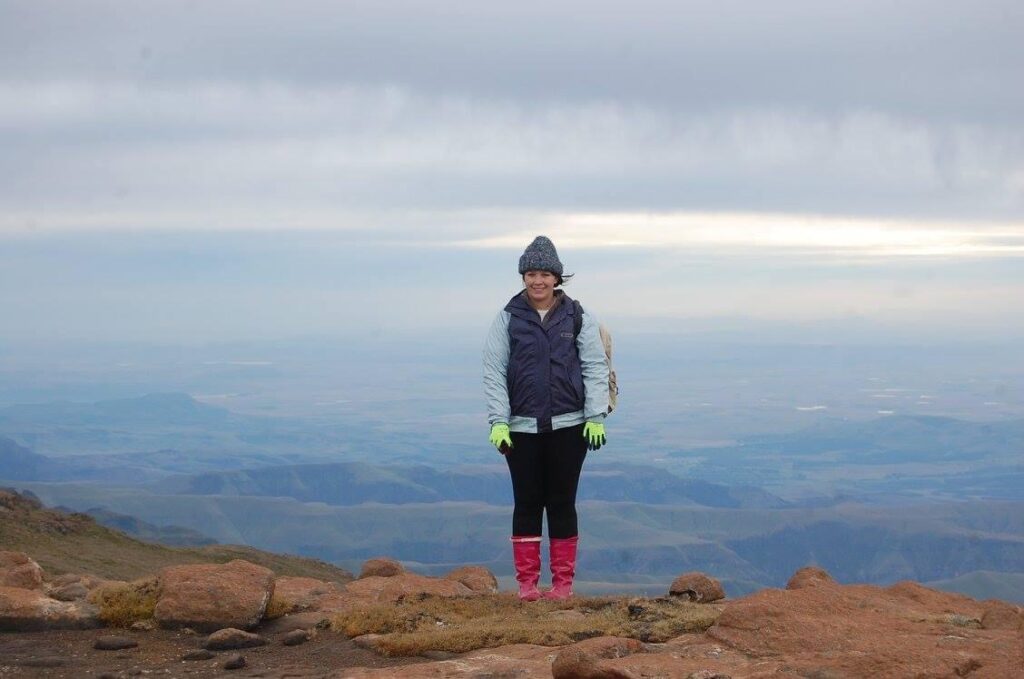
The researchers’ analysis of the diatomite revealed that this high-altitude region once hosted a small but persistent shallow lake, thriving between 4600 and 100 years ago. This lake, now vanished, offers a tantalising glimpse into the hydroclimatic past of Lesotho —how the interplay between climate and water shaped the region over thousands of years. Prof Fitchett emphasised the broader significance of their findings: “The Lesotho Highlands are considered the water tower of Southern Africa, and through the Lesotho Highlands Water Project, approximately 800 million cubic meters of water is transferred to South Africa, providing water security to Gauteng Province and surrounding regions. Despite the hydrological importance, there is a lot that we don’t know about the hydroclimate of the Lesotho Highlands. One big puzzle is why there are so few natural lakes in the region, despite the large total annual rainfall.”

To decode the history of this ancient lake, the team extracted sediment cores from the diatomite outcrop. Radiocarbon dating and microscopic examination of diatoms told a story of a lake teeming with life. Dominated by species such as Staurosirella construens and Aulacoseira ambigua, the diatom community suggested the lake had a continuous , relatively deep water presence for thousands of years.
Rainfall analysis using modern climate data revealed that the area around Mafadi Summit receives significantly more rainfall than the region surrounding Lesotho’s only known natural lake, Letšeng-la Letsie. This, combined with topographic studies showing a bowl-shaped depression ideal for water accumulation, confirmed that the high rainfall and suitable terrain made the lake’s existence feasible. Topographic studies involve detailed mapping of the land’s surface features, helping to understand how the physical landscape influenced the formation and sustainability of the lake.
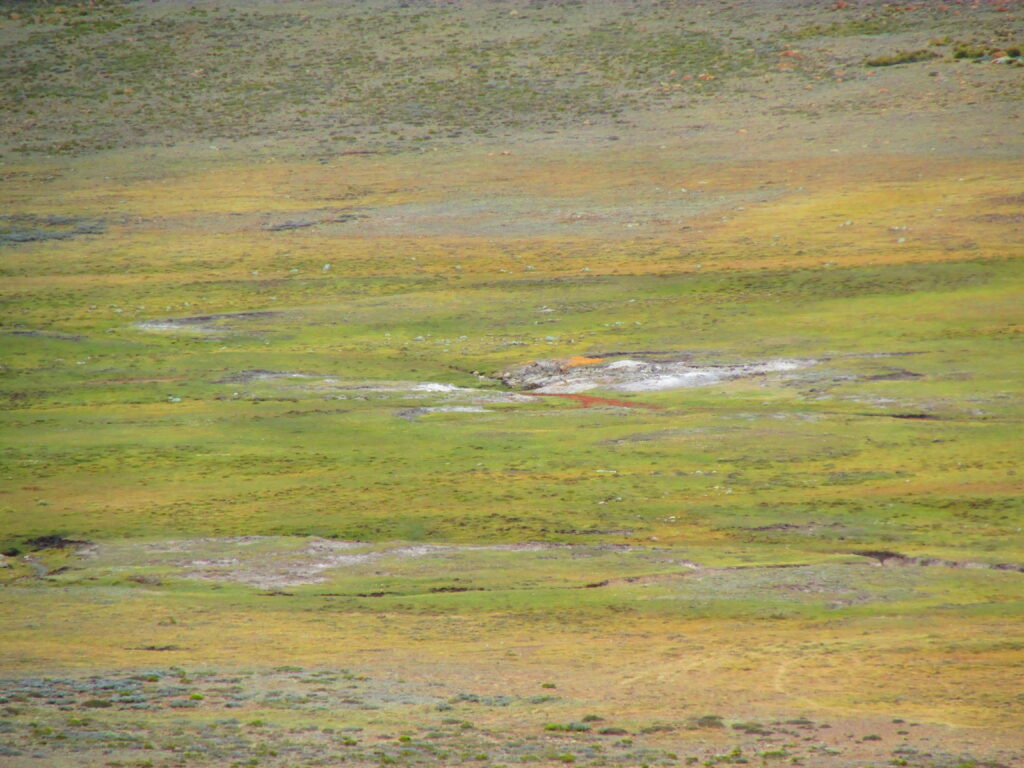
But why did the lake disappear? The researchers hypothesise that post-industrial warming and the introduction of livestock to the highlands played crucial roles. As global temperatures rose, the delicate balance maintaining the lake was disrupted. Livestock likely intensified soil erosion and vegetation changes, transforming the once-shimmering lake into the wetland we see today.
However, the journey to this discovery wasn’t without its challenges and memorable moments. Prof Fitchett shared a humorous yet trying fieldwork experience: “While taking these cores, I fell backwards into a large puddle of water. In mid-April, at 3,400 meters above sea level. When we were staying in tents, and had no ablutions. To say I was rather cold and miserable would be an understatement!” Despite this, the breathtaking helicopter ride to the site and the stunning views from Mafadi Summit made it all worthwhile. One particularly thrilling moment was when she prepared the diatom samples: “There were SO many diatoms that we needed to dilute the sample by a further 100x before being able to see any individual valves. This hadn’t happened for any of my other cores!”
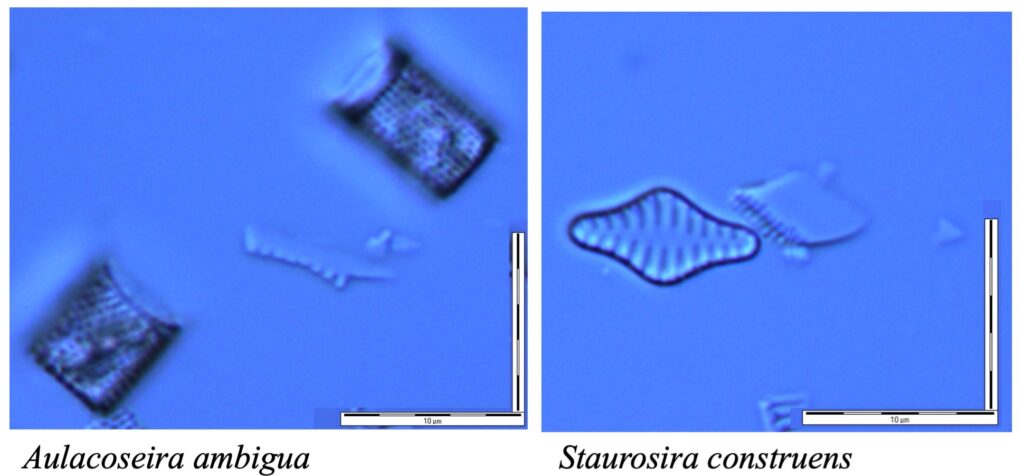
The biggest challenge was accessing the remote site. Fitchett explained, ” ‘I flew in with my two local supervisors, Profs Marion Bamford and Stefan Grab, by helicopter in 2014 when we collected the samples. The alternate would be a 3+ day hike up through the Drakensberg, which would be challenging as an adventure activity, and near impossible with all the equipment we needed.”
Their research faced further hurdles with the COVID-19 pandemic and health concerns. “When Anson and I discovered how concentrated the diatoms were from the ‘backup core,’ we knew we needed to explore this further. We originally applied for funding to take a helicopter back to Mafadi, but just as we got the funding, the world went into COVID-19 lockdown and Anson was diagnosed with cancer (see his blog). I also had health concerns at the time, and risking altitude sickness was not a good plan. So we re-strategised and took an approach to include remote sensing, gridded data, and further geochemical analysis on our samples,” Fitchett recounted. Their dedication paid off, culminating in the paper’s publication a decade after the initial core extraction.
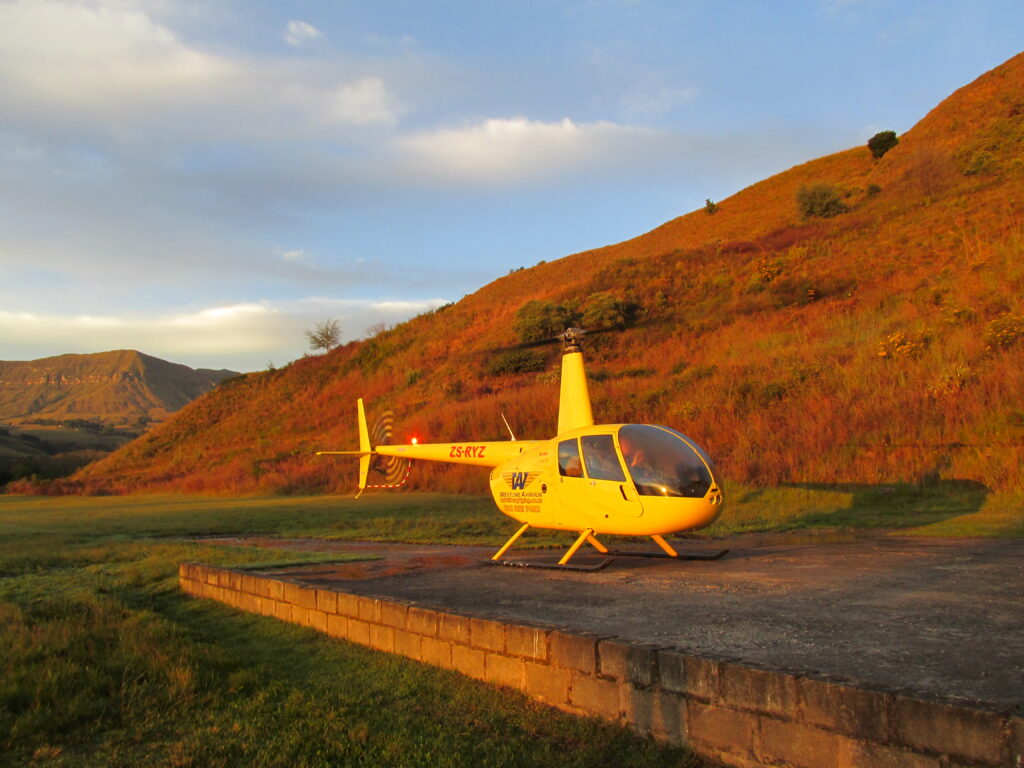
Understanding how past climates and ecosystems interacted helps scientists predict future changes in these sensitive high-altitude environments. With climate change accelerating, insights from studies like this are vital for managing water resources and preserving the unique ecology of the Lesotho Highlands. As Prof Fitchett points out, “This underscores the importance of monitoring the contemporary hydroclimate of the region, under conditions of accelerating climate change and heightened anthropogenic pressures and given the significance of water in the region.”
